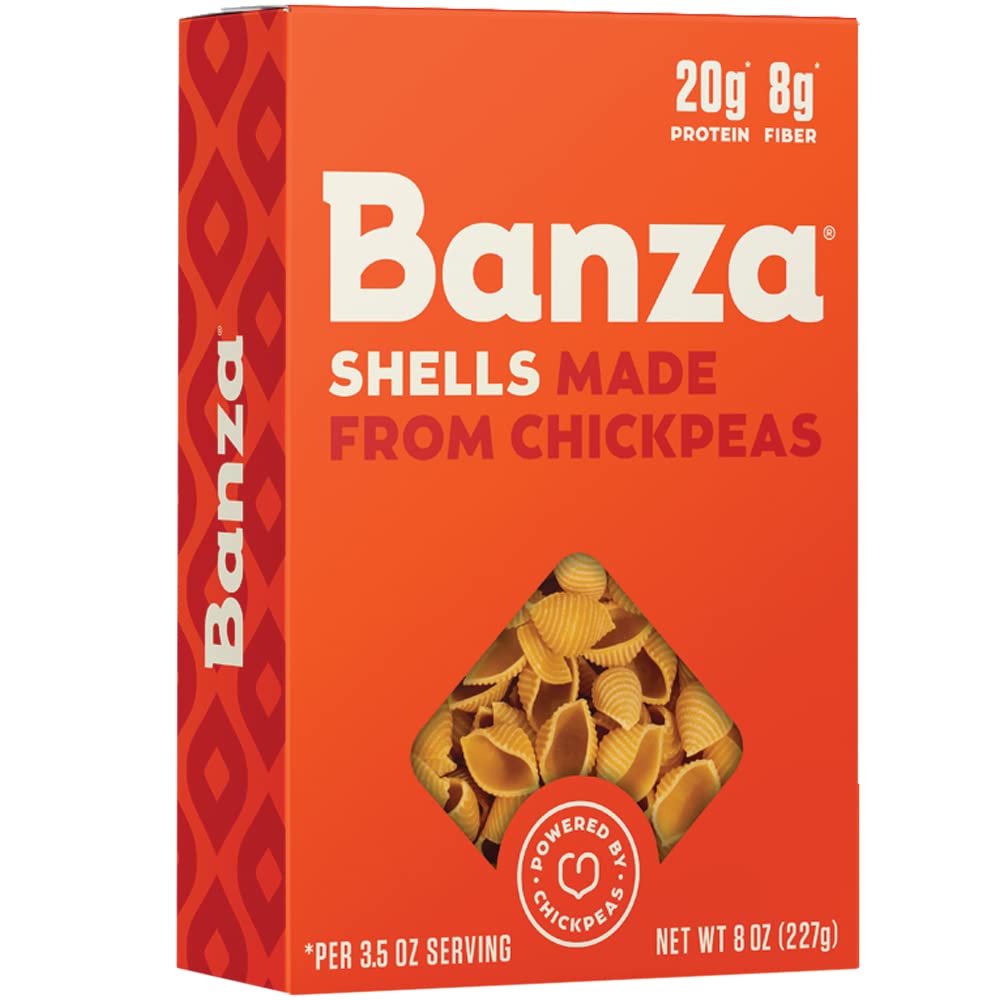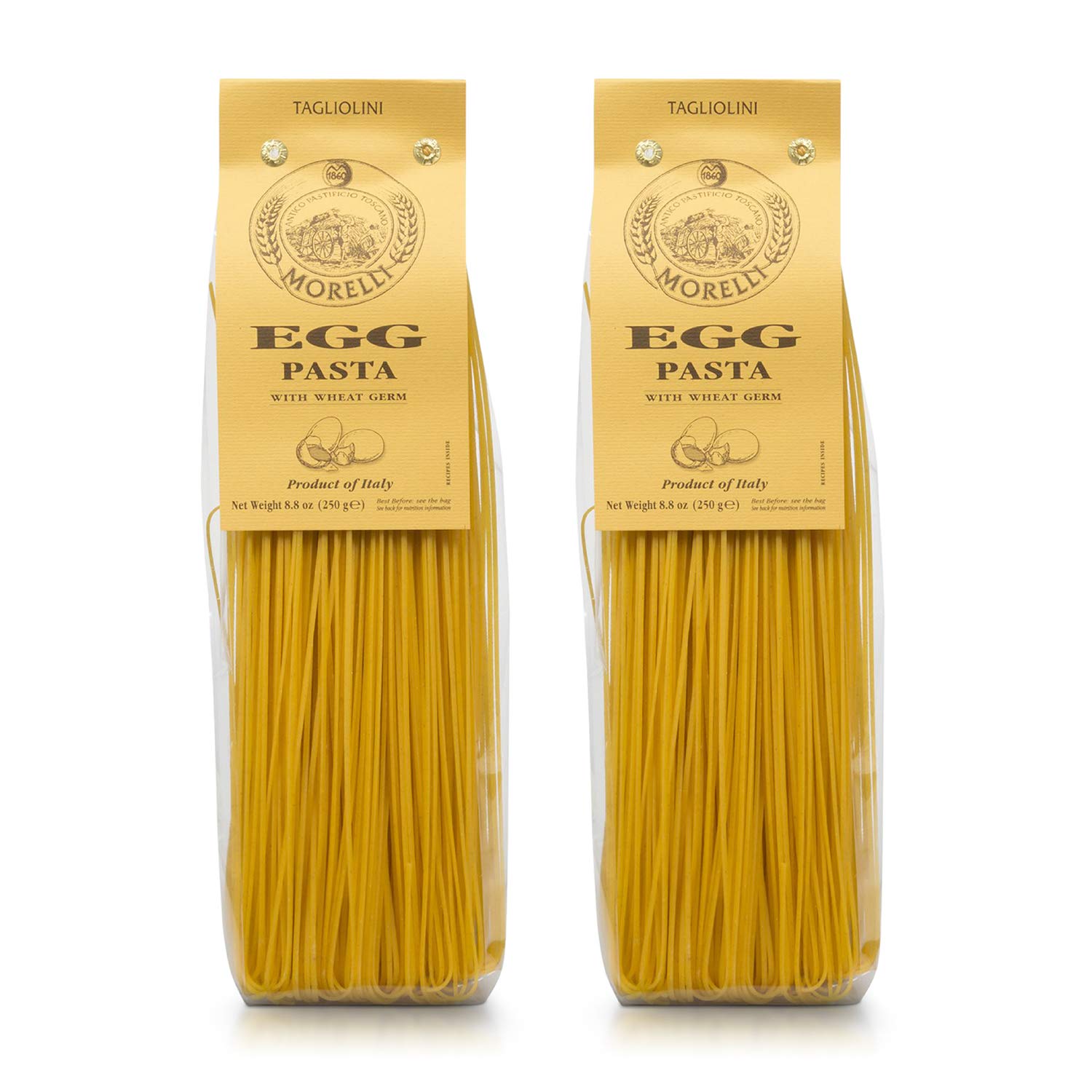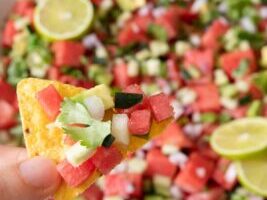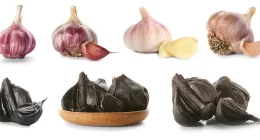Like the latest fashion trends, there always seems to be a range of healthy foods that are—and aren’t—considered en vogue at any given period, whether due to updated nutrition science, social media, cultural shifts, or whatever marketing experts are touting as the latest superfood to stock up on. In the ‘90s, toxic diet culture fooled us into thinking fat was to be avoided at all costs, and in the last decade, sugar has taken the majority of heat.
More recently, just like those circular fashion trends, carbs are yet again the victim of marketing schemes, thanks to the popularization of ketogenic and other low-carb diets. Suzanne Pirkle, MS, RD, says that this fad is far worse than America’s obsession with demonizing sugar. Villainizing carbohydrates not only encourages people to eliminate all sources of sugar from their diets, but it practically cuts out an entire functional food group.
“This all speaks to the power of diet culture and marketing,” says Pirkle. “The fad is leaning towards these extreme measures to body manipulate, and the problem is when the media or marketing people say ‘no carbs,’ this eliminates a cornerstone nutrient of how our bodies run, biologically-speaking, and pasta gets demonized in the midst of this messaging.”
We spoke with Pirkle about the many issues surrounding low-carb dieting, and why we should actually seek to incorporate carbohydrate-rich foods like pasta into our meals as a nourishing food to support our bodies. Here, she debunks some common myths surrounding pasta that will hopefully encourage you to grab your favorite type and get some pad thai or pappardelle on on the table, like, now.
4 major myths about pasta nutrition that RDs would love to bury
Myth 1: Pasta is filled with carbs, and carbs are bad for you
“Due to the current low-carbohydrate fad diets in our culture, many individuals associate weight gain with the consumption of carbohydrates,” says Pirkle. “The truth is, carbohydrates are our body’s way of gaining energy, not gaining weight. Pasta is one food source that provides the body with usable energy to enjoy the life we have.”
Pirkle notes that yes, pasta is concentrated in glucose and carbohydrates, but thinking of these nutrients as “bad” is deeply flawed. Pirkle explains that glucose is actually our brain’s preferred fuel source and carbohydrates are our body’s primary source of energy, so if we want to have ultimate cognitive function, the power to crush a killer workout, build lean muscle, and the ability be best equipped to stay calm and balanced during a busy workday, then consuming carbs like pasta should be a priority.
Myth 2: Pasta doesn’t offer any nutritional benefits
Carbohydrates aren’t the only thing pasta brings to the table nutrient-wise. Depending on the type of pasta you purchase, Pirkle says that it can be an excellent source of fiber, and whole-grain varieties can often add a sneaky eight to 10 grams of protein.
But it doesn’t always stop there. “A lot of pastas are actually fortified, which is really cool, so we can get different pastas with different nutritional aspects,” says Pirkle. “Sometimes, pasta is fortified with DHA, folic acid, and/or iron which are things that can be especially hard for kids and adults alike to get enough of. You’ll also sometimes see pasta fortified with calcium, potassium, and/or magnesium. That really is a good bit of nutrition there—so the belief of the white foods or pasta are nutrient-absent is just completely not true.”
Myth 3: Pasta dishes should be seen as “cheat” meals, not balanced ones
While we’ve already debunked the myth that pasta is unhealthy, Pirkle goes one step further to say that it’s actually an incredibly versatile, convenient, and cost-effective ingredient for creating a variety of nutrient-rich, balanced dishes.
“Diet culture often causes us to think about one food or ingredient on its own and no one would just eat a big bowl of pasta by itself,” says Pirkle. “Of course, there is some truth that a whole plate of pasta isn’t a balanced meal, but it shouldn’t be demonized because of that. If we can get past the demonization of food and get back to focusing on its function, we can then see the benefits of pasta and how it benefits us as part of a balanced diet.”
Pirkle says that pasta, in fact, can be an amazing vehicle for loading up on a variety of veggies and top-quality protein sources. She adds that it’s a shame that pasta and grains get such a bad rap, because it is such an amazing option for nourishment during all stages of life, whether you’re a picky toddler, a college student looking for nourishing meals on a budget, or a busy parent looking to create delicious meals in a hurry. “When we complicate foods like carbs, this puts guilt on the table and a false notion that we are doing something ‘bad’ for our families and ourselves,” says Pirkle.
Myth 4: Pasta isn’t a good choice for those who have to watch their blood sugar or for those with dietary restrictions
Unless you are allergic or intolerant to both gluten and legumes, there are very few people out there who should avoid consuming pasta these days as there are so many different flours and flour alternatives used to make it. Whether you’re gluten-free or diabetic, there can be ways to manage your health goals without kicking pasta to the curb. “Pasta has been made with different flours for ages, and if you are looking to eat more fiber or need to eat foods with a lower glycemic index, choosing whole-grain, bean-based, or other alternative pastas can be great for anyone with specific dietary needs,” Pirkle says.
The key is simply incorporating a variety of food groups—and therefore nutrients—in your pasta-filled meals, with an emphasis on adding extra protein, fiber, and nutrient-dense vegetables when and where you can for balance. “Carbs are the energizer while protein and produce are the stabilizers, and we want both in a meal,” Pirkle says.
How to shop for pasta like an RD
TL; DR: “The body does not group foods as ‘good versus bad’ like our egos can, and pasta is metabolized for beneficial function for the body in all forms,” says Pirkle. That being said, her personal pasta preference is one made with semolina flour because she likes the way it cooks. This is the type of flour with which traditional Italian pasta is made, and Pirkle says that the texture and bite it offers get her seal of approval. However, Pirkle says that your standard 99-cent pasta is great for anyone who is on a budget, while pasta made with flour alternatives are also a good choice, so long as these products are not being purchased due to a “fear factor” of gluten or high-carb foods.
“I love to pick a pasta based on what I’m serving it with and what the occasion is,” says Pirkle. “If I want that true soft and buttery texture, I won’t choose a bean-based type for my taste buds and satisfaction, but I would use it for a cold pasta salad or if I were serving it immediately with a big, meaty sauce where I need a firmer pasta.”
The RD’s favorite pasta picks

Take a page out of Pirkle’s playbook and enjoy the pleasures of pasta made in true Italian fashion. Plus, this one is made in Italy and will offer the satisfying texture and flavor of your favorite neighborhood spot.

Another Italian-made pasta, this whole-wheat version packs in four grams of fiber and seven grams of protein—and it’s downright delicious.

No gluten for you? No problem. Even those who can’t have it in their diets can still enjoy their favorite delicious dishes like mac and cheese and spaghetti with meatballs, thanks to brands like Banza, who use allergy-friendly alternative flours.
<!– –>

There’s simply nothing quite like a bowl of fresh pasta, and thankfully, you don’t have to lug your pasta maker out of storage to enjoy it. Brands like Morelli make their pasta the Italian way with semolina flour, eggs, plus, wheat germ, for a wholesome and nourishing dish that packs nine grams of protein and 10 percent of your daily iron needs per serving.








